01. THE CASHMERE HARVEST
Cashmere harvesting is carried out by hand by nomadic breeders.
The breeder must constantly monitor the animal's moulting because it must not be combed too early (fibres too short and thick) or too late (fibres too long and therefore without the waves necessary for the good weaving of the fibre).
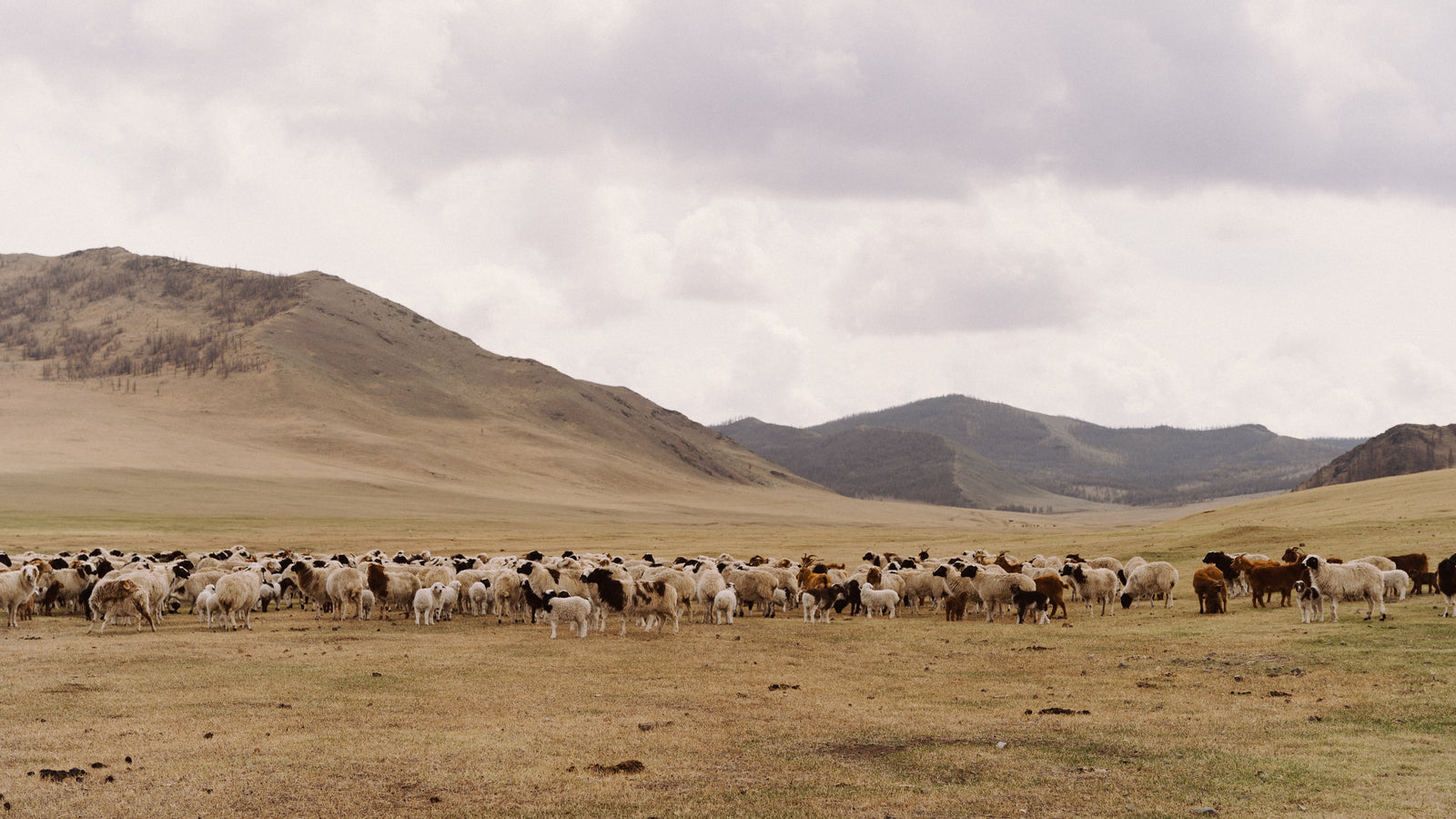
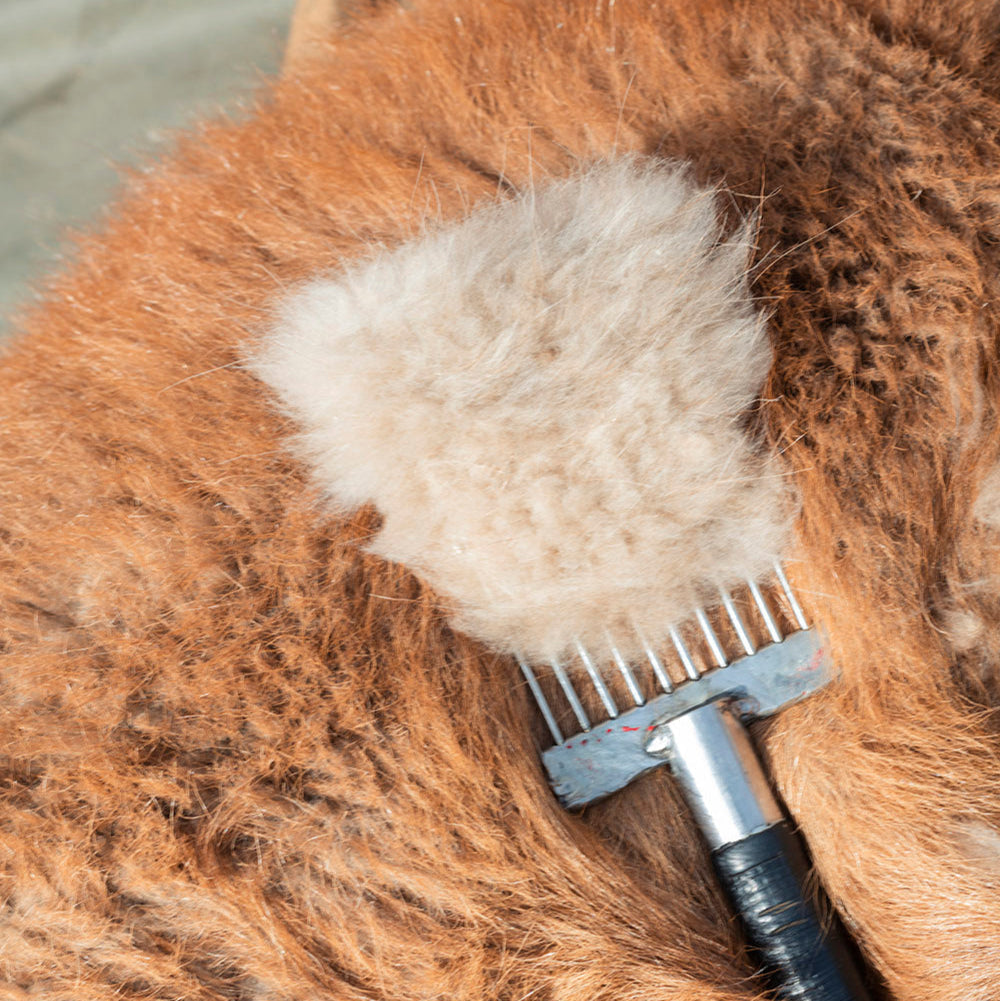
02. ARRIVAL AND SORTING OF THE FIBER IN THE FACTORY
Once the harvest is complete, our fibers are sorted in the factory in order to keep the finest fiber. Micronnage is the unit of measurement and the technical name designating the thickness of the fiber which must not exceed 18.5 microns.
At Kujten, our cashmere fibers have a fineness of 16.8 microns and measure 46 mm in length. The longer the length of the thread, the softer and better quality it will be.
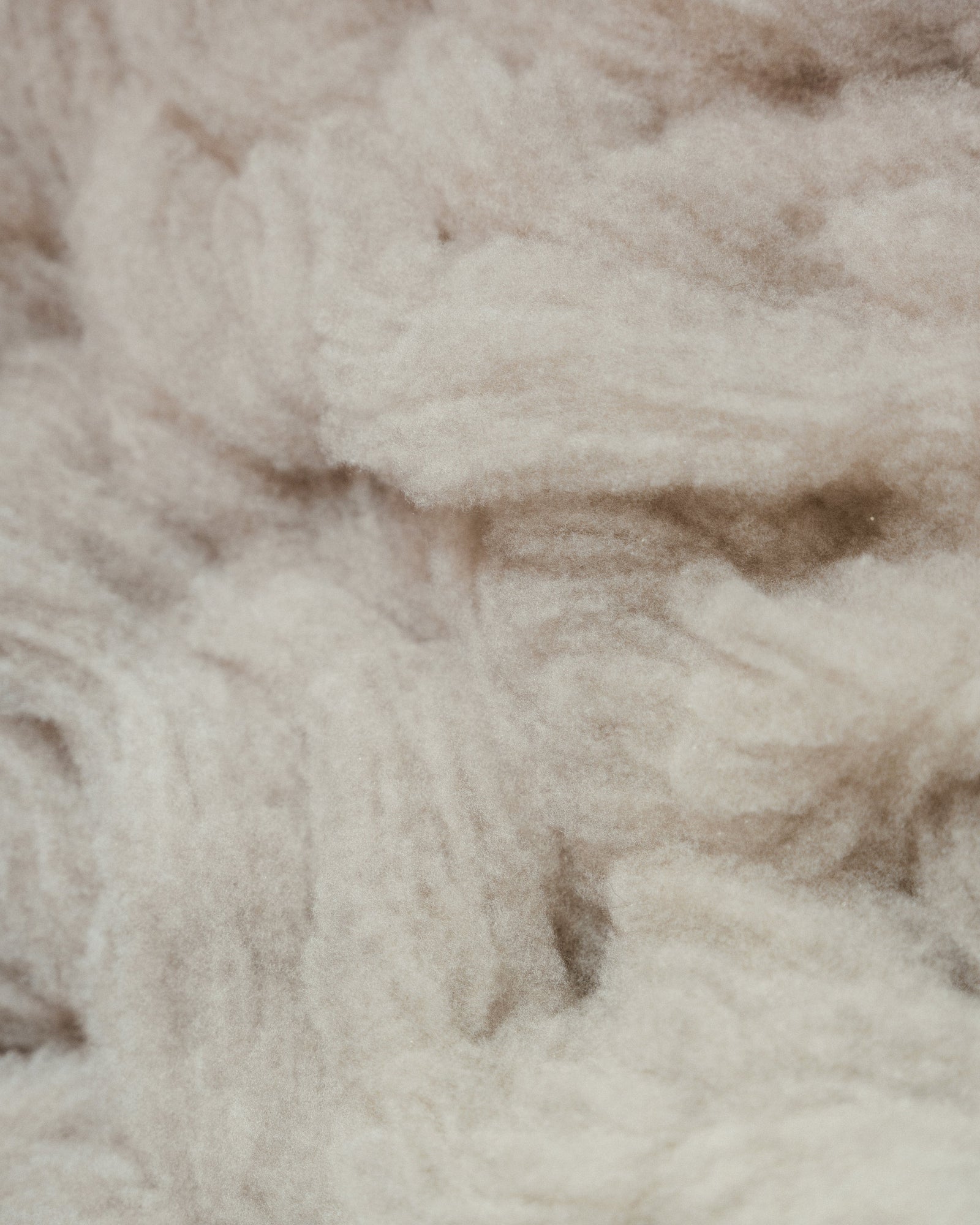
03. WASHING
Once the fiber is sorted, the down is washed to get rid of its impurities (sand, earth, dust, plant fibers, etc.)
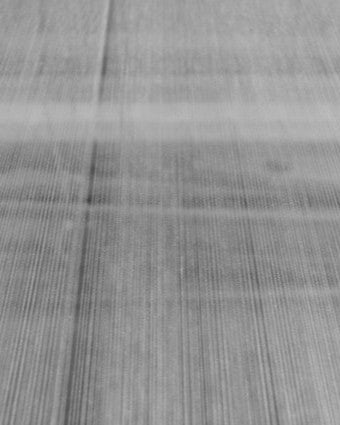
04. COMBING
We can then proceed to combing, which consists of passing the cashmere fiber through a series...
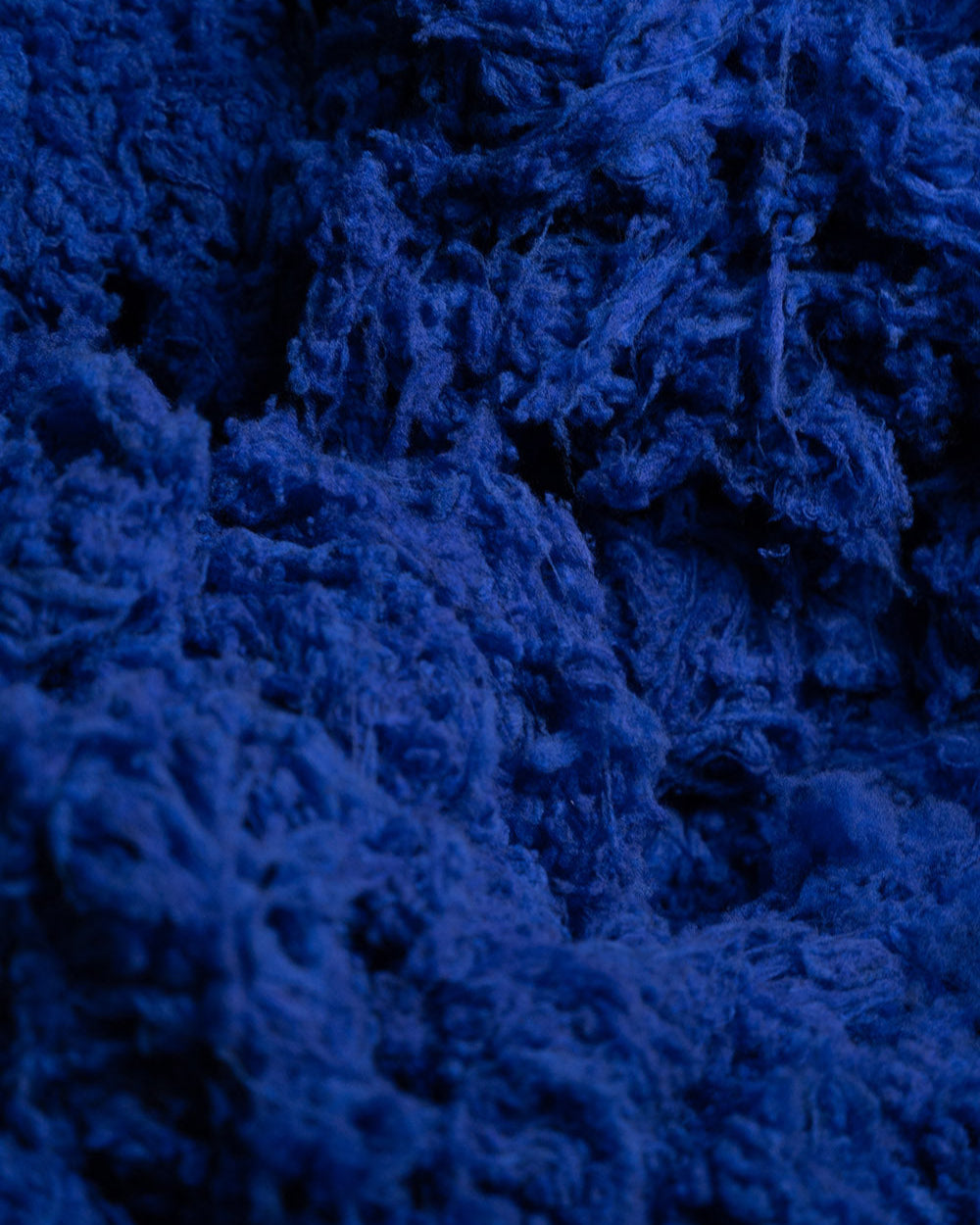
05. DYEING
Our dyes are first tested in the laboratory before mass dyeing the fibers...
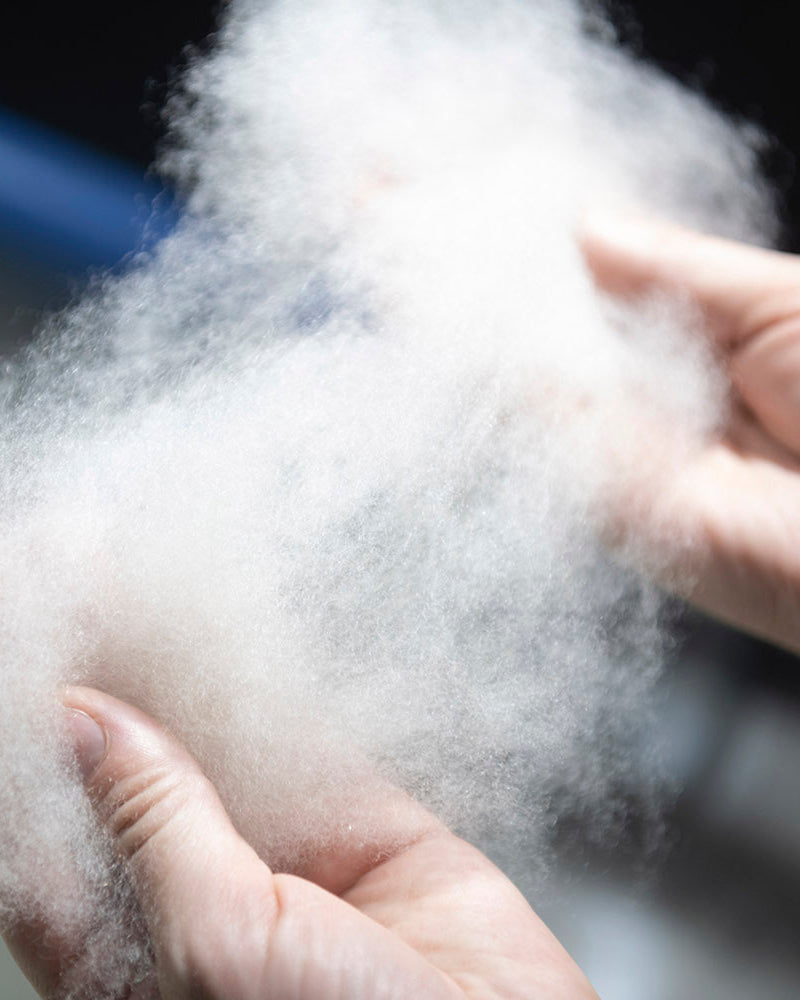
06. CARDING
A step that involves untangling and aerating cashmere fibers from various raw materials...
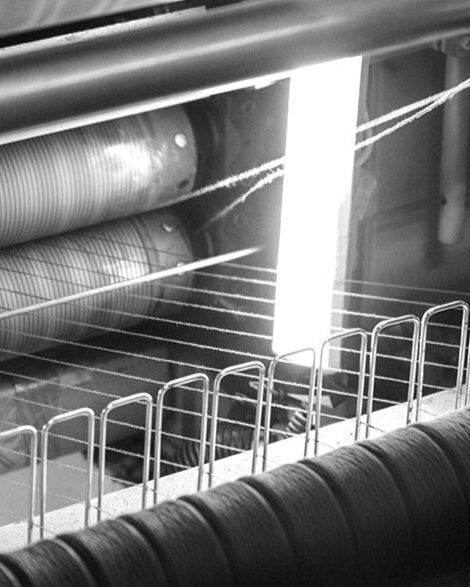
07. SPINNING
It is the principle of twisting the fibers together in order to obtain a continuous and resistant thread.
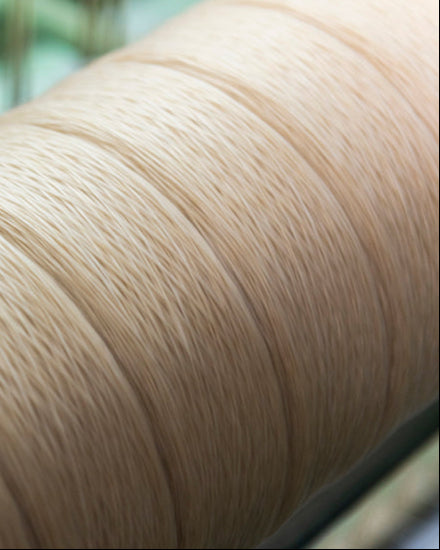
08. WINDING
Once the bobbin is formed on the machine, the yarn is then doubled and is ready to be put onto the knitting machines.
09. KNITTING
Making a cashmere sweater involves a knitting step. For this, we insert the spools of cashmere yarn into precisely adjusted knitting machines.
Knitting with decrease allows you to obtain pieces that are already in shape, such as armholes, necklines and cutouts. The finishes are truly qualitative, and the seams discreet. This is a real guarantee of quality manufacturing.
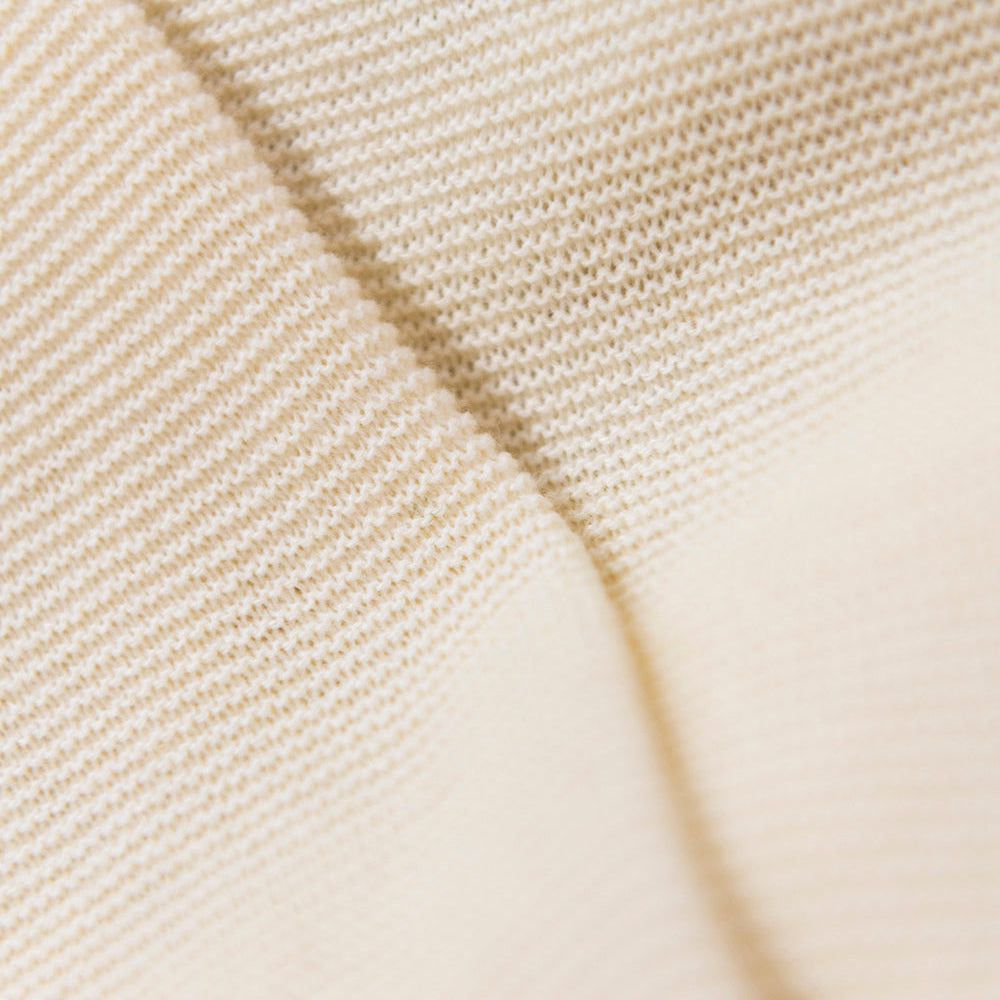
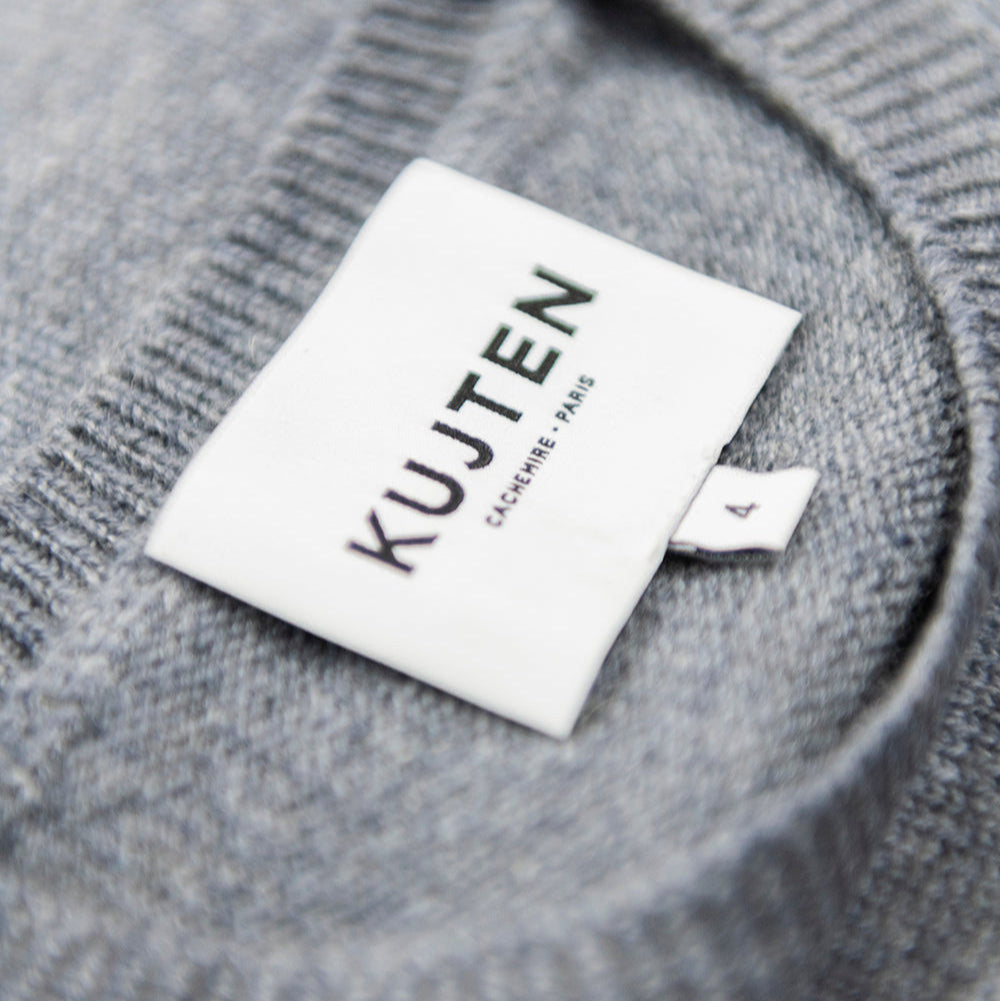
10. REMEASING
This stage of making a cashmere sweater lasts about an hour, during which the different knitted pieces are assembled by the workshop's artisans; each side is meticulously re-knitted, the sleeves are attached... the sweater begins to take shape! In order to guarantee the best resistance, reinforcement stitches are also made. Then, the ribbing of the collar must be re-knitted, which must be balanced. When it is a V-neck cashmere sweater, the end of the collar is stitched.
